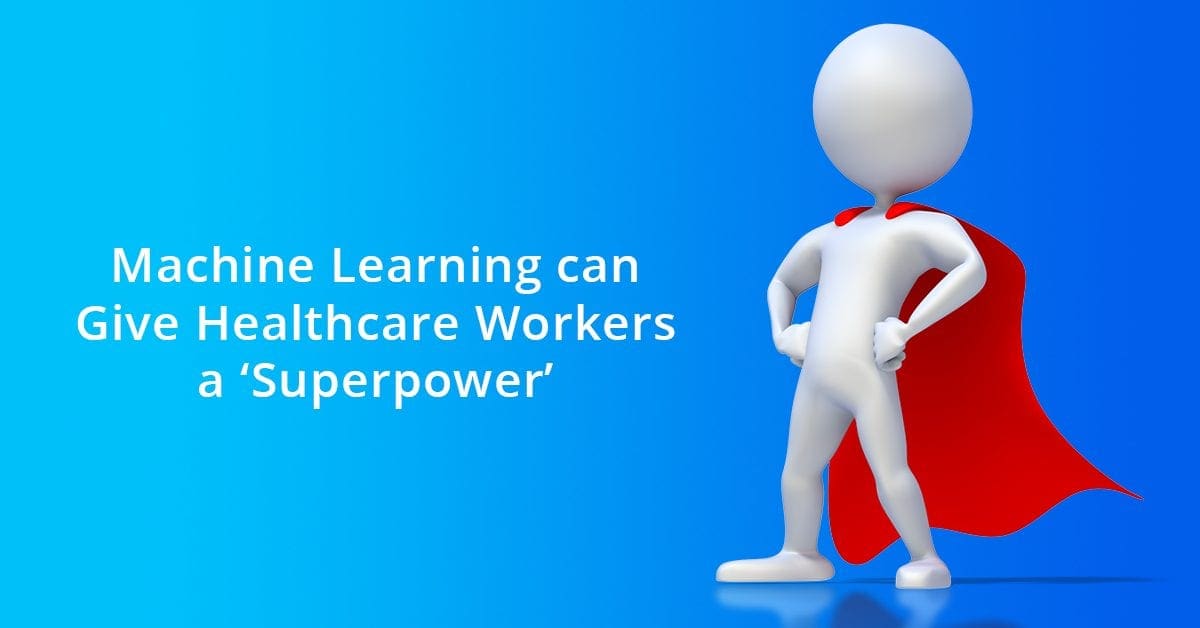Call us toll-free: 800-878-7828 — Monday - Friday — 8AM - 5PM EST


By Bill Siwicki for Healthcare IT News
With healthcare organizations around the world leveraging cloud technologies for key clinical and operational systems, the industry is building toward digitally enhanced, data-driven healthcare.
And unstructured healthcare data, within clinical documents and summaries, continues to remain an important source of insights to support clinical and operational excellence.
But there are countless nuggets of important unstructured data – something that does not lend itself to manual search and manipulation by clinicians. This is where automation comes in.
Getting insights from unstructured data
Arun Ravi, senior product leader at Amazon Web Services is copresenting a HIMSS20 Digital presentation on unstructured healthcare data and machine learning, Accelerating Insights from Unstructured Data, Cloud Capabilities to Support Healthcare.
“There is a huge shift from volume- to value-based care: 54% of hospital CEOs see the transition from volume to value as their biggest financial challenge, and two-thirds of the IT budget goes toward keeping the lights on,” Ravi explained.
“Machine learning has this really interesting role to play where we’re not necessarily looking to replace the workflows, but give essentially a superpower to people in healthcare and allow them to do their jobs a lot more efficiently.”
In terms of how this affects health IT leaders, with value-based care there is a lot of data being created. When a patient goes through the various stages of care, there is a lot of documentation – a lot of data created.
“But how do you apply the resources that are available to make it much more streamlined, to create that perfect longitudinal view of the patient?” Ravi asked. “A lot of the current IT models lack that agility to keep pace with technology. And again, it’s about giving the people in this space a superpower to help them bring the right data forward and use that in order to make really good clinical decisions.”
The unstructured data automation model
This requires responding to a very new model that has come into play. And this model requires focus on differentiating a healthcare organization’s ability to do this work in real time and do it at scale.
“How [do] you incorporate these new technologies into care delivery in a way that not only is scalable but actually reaches your patients and also makes sure your internal stakeholders are happy with it?” Ravi asked. “And again, you want to reduce the risk, but overall, how do you manage this data well in a way that is easy for you to scale and easy for you to deploy into new areas as the care model continues to shift?”
So why is machine learning important in healthcare?
“If you look at the amount of unstructured data that is created, it is increasing exponentially,” said Ravi. “And a lot of that remains untapped. There are 1.2 billion unstructured clinical documents that are actually created every year. How do you extract the insights that are valuable for your application without applying manual approaches to it?”
Reducing expense and time
Automating all of this really helps a healthcare organization reduce the expense and the time that is spent trying to extract these insights, he said. And this creates a unique opportunity, not just to innovate, but also to build new products, he added.
Ravi and his copresenter, Paul Zhao, senior product leader at AWS, offer an in-depth look into gathering insights from all of this unstructured healthcare data via machine learning and cloud capabilities in their HIMSS20 Digital session. To attend the session, click here.

